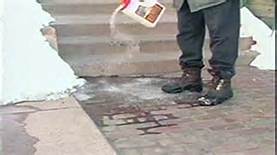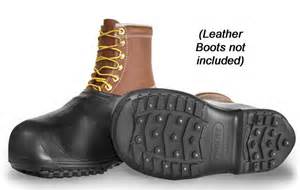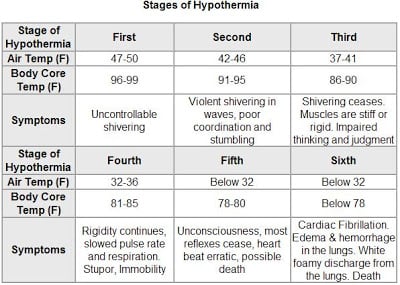For my next safety blog to start of the new year I will talk about needing and then making a spill kit.
I have been asked many times by contractors, "Do I really need a spill kit? I one word, Yes. OSHA requries you as a contractor working out in the public to be responsible for the health and safety of your employees and the public at large while you are working while you are handling and working with hazardous materials. And unless you know for sure and can prove that non of the products you use to clean with are hazardous then I would plan on carrying a spill kit when ever you are transporting and using chemicals.
To know what type and how large of a kit you will need you will first have to know what chemicals you are carrying at any given time, how these chemicals may react under multiple conditions and with each other if a spill was to occur.
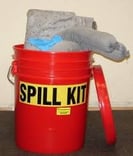
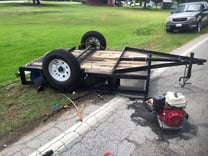
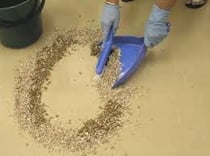
According to OSHA; "A spill kit is a collection of items to be used in the immediate response and clean-up of spills, leaks or other discharges of hazardous wastes or other hazardous materials" (chemicals, gas, etc.). "Spill kits should be maintained in close proximity to areas where chemicals are managed or stored to enable prompt response to and clean-up of spills."
Spill kits will come in various sizes and types and a few are those that can handle anything. To know what you will need you first need to check your SDS's for all of the chemicals you use. Then from this information that will determain what kits you will need.
Here are the different types of kits:
Universal or General - These handle most non hazardous, non acid spills and as long as the kit is made to handle the volume of the spill, this in the type everyone needs to carry with any vehicle that transports chemicals. Even if non hazardous it is a good idea to be able to handle a spill on your own.

Oil-Only - Contains absorbent materials made for oils not water. (photo)
HazMat - These contain specialized PPE, absorption materials and removal devices above what a general kit would contain.
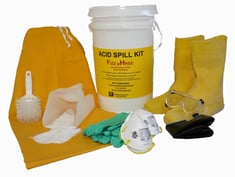
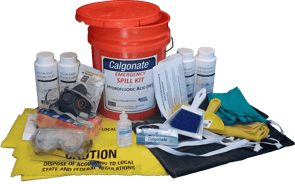
Acid - Is a type of HazMat kit. These contain specialized PPE, neutralization and adsorption materials in addition to specialized removal containers. Note: Some acid kits are not made to handle hydrofluoric acid so make sure of the neutralizer you get. I recommend Spill-X-A or Calgonate.
OSHA guidelines lists the equipment types that must be in a spill kit: Proper PPE, materials to contain the spill and the materials needed to clean up and remove the spill.
Here is what normally needs to be in any spill kit:
Labeling on outside of the kit container, stating what type of spill kit it is, it may also state the size spill it covers but is not required.
A warning measure, to keep others away from the spill until removed, examples are;
A-frame floor sign
Roll of caution tape
Hazard cones
PPE, personal protection equipment to use while removing the spill;
Gloves - hand protection - minimum
Eye wear - eye protection - minimum
Mask - lung protection if needed
Shoe covers - foot protection if needed
Can include more when needed for type of spill example; a full face respirator.
Physical barriers to place around the spill used to contain which may not absorb the spill;
Berm, bumper, sock
Drain covers or plugs, to keep spill out of drains and pipes.
Absorption materials;
Sand, clay, pads, or other materials to soak up the spill
Removal Items; Broom and pan or shovel, to collect loose soiled material for removal
Removal containers;
Bags, or other container that can be sealed to remove spill waste.
The size of the kit can vary as well. Always try to have and use a kit made to handle more chemical than you have spilled, but if you can not, try to limit or contain the spill with the materials you do have on hand. For instance if the only thing you can do is lessen a spills impact by blocking a storm drain, stopping it from travelling down hill or out into a street, do that until additional help arrives, like the fire department. Additional spill kits or other materials can be brought to the contained spill for removal as soon as possible by the first respondors.
There is one big point to this post that you do not have to buy a pre-made kit and there is no such thing as OSHA approved so do not fall for that sales trick. OSHA does not certify any specific brand of kits. But a kit may say conforms to OSHA requirements or be called an OSHA spill kit. But you can make one yourself some times at a much lower cost. That I will cover in next weeks post.
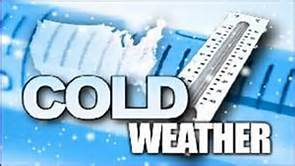 is finally here for most of you and with that special things you need to take care of now and be reminded of before you have a problem.
is finally here for most of you and with that special things you need to take care of now and be reminded of before you have a problem.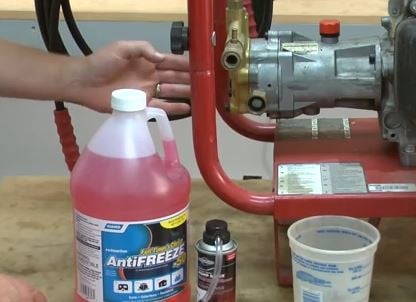 Hoses should also be air dried out and not allowed to freeze where the cold may damage the hose material. The contraction and expansion of freezing and thawing will cause many hoses to get micro cracks which will shorten the life of the hose and possible cause serious safety issues for personnel and equipment later on. You can also apply lubricants or coatings to hoses that you are using out in the cold, to keep their materials supple, to reduce cracking.
Hoses should also be air dried out and not allowed to freeze where the cold may damage the hose material. The contraction and expansion of freezing and thawing will cause many hoses to get micro cracks which will shorten the life of the hose and possible cause serious safety issues for personnel and equipment later on. You can also apply lubricants or coatings to hoses that you are using out in the cold, to keep their materials supple, to reduce cracking.